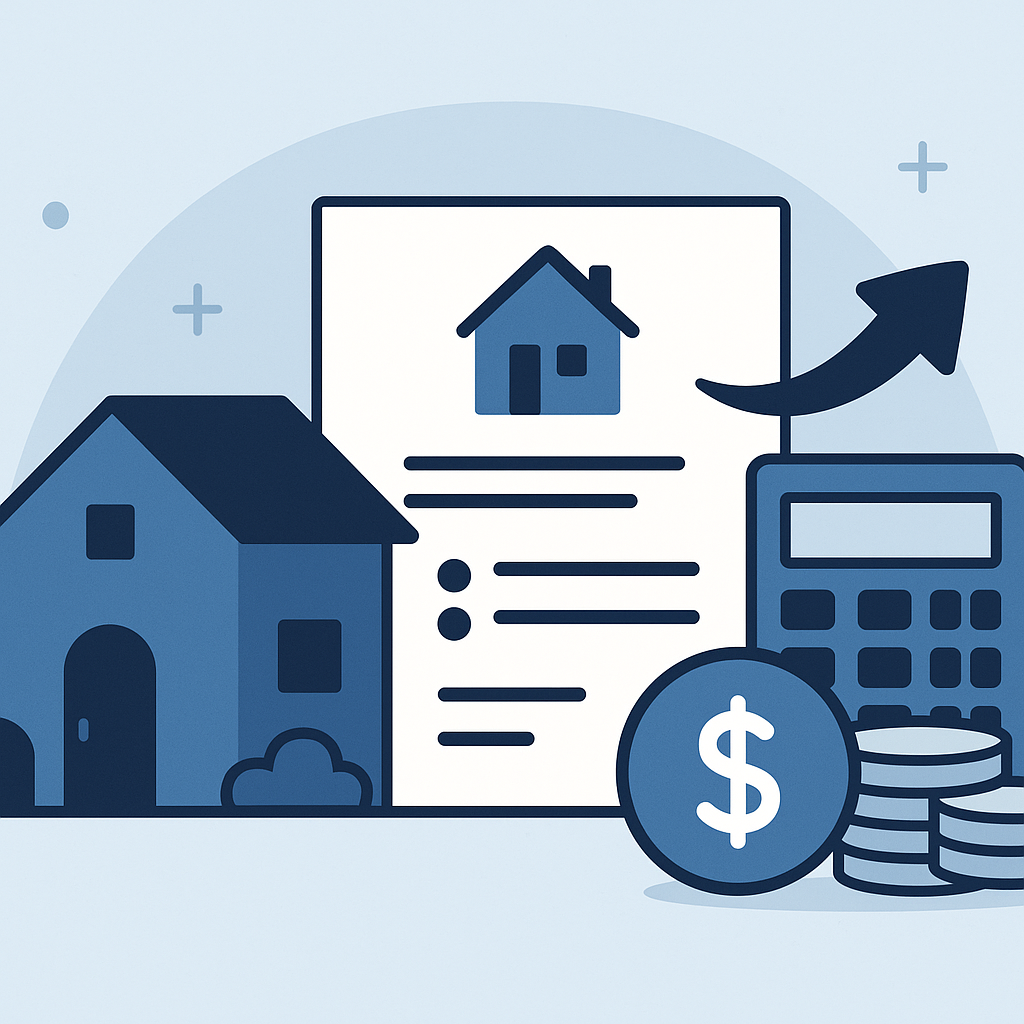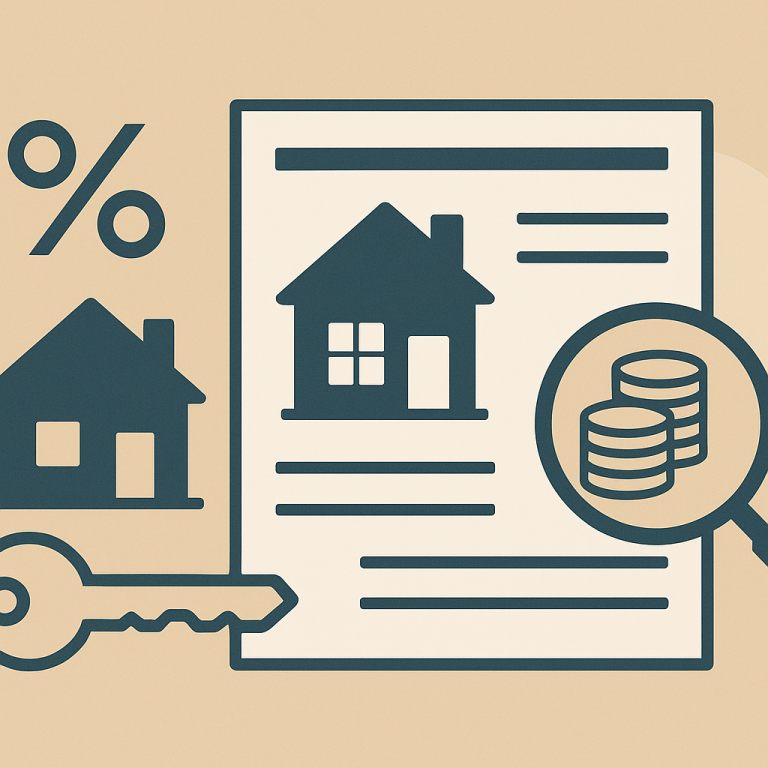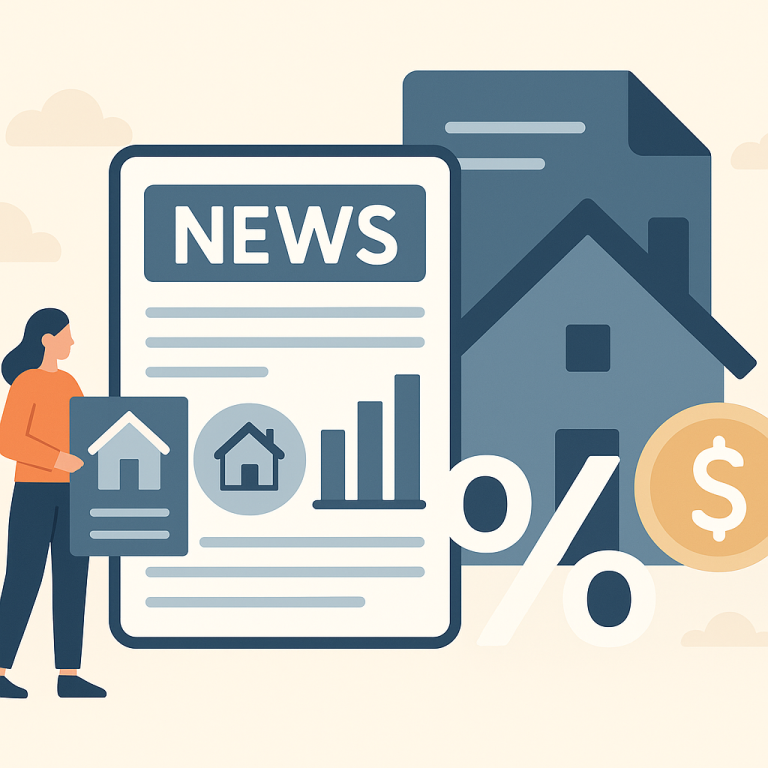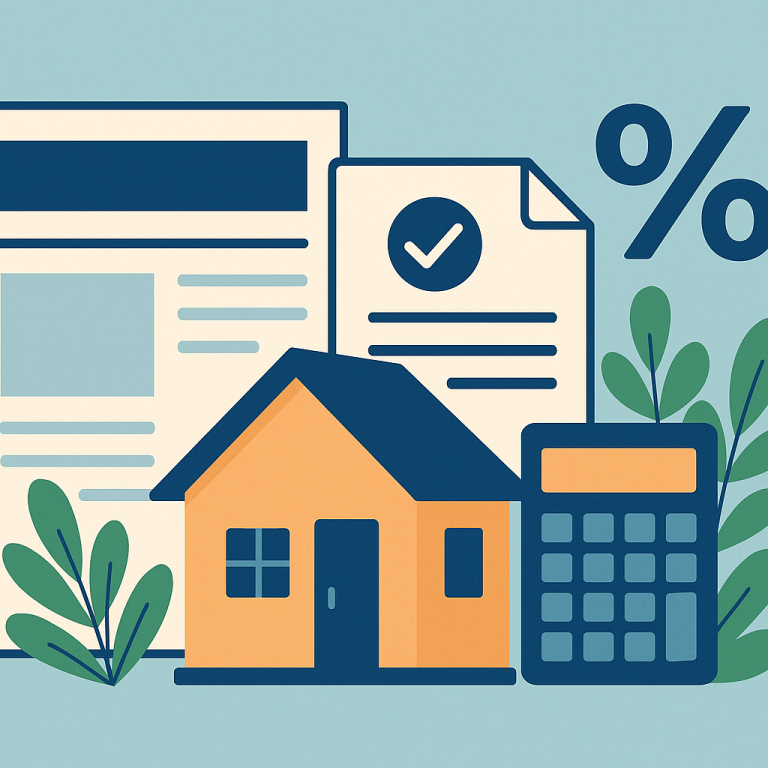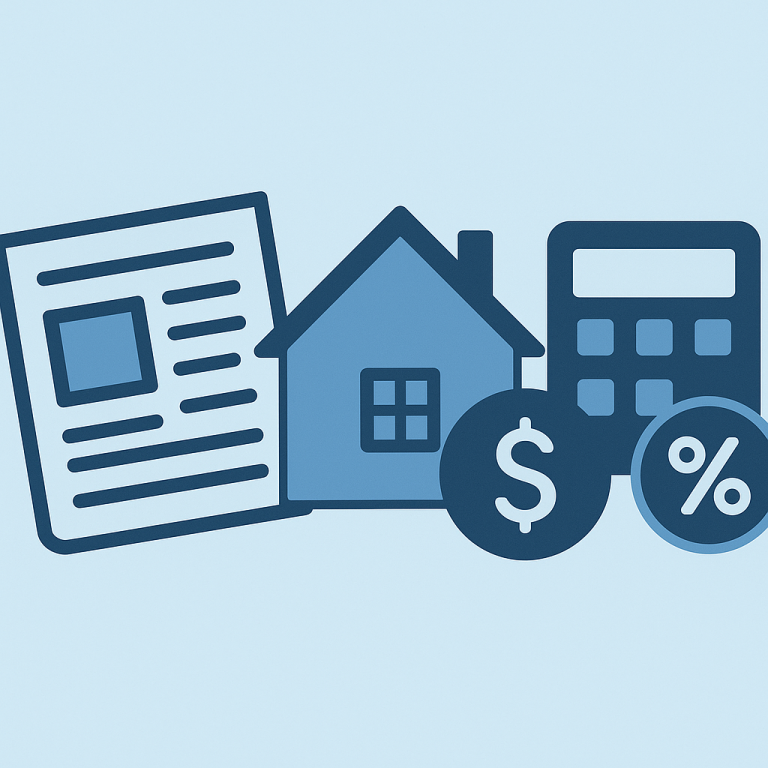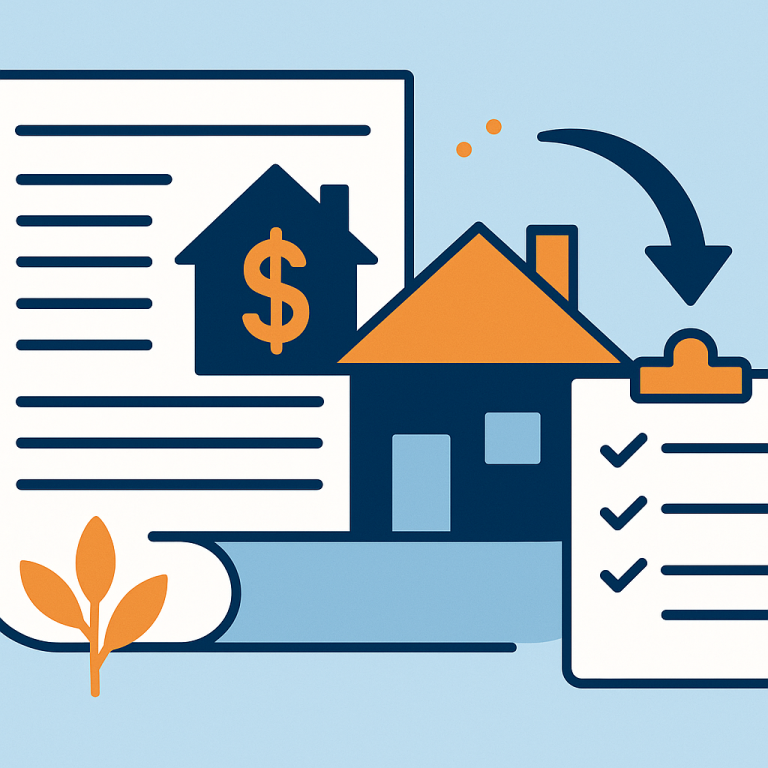Major Lender Cuts Mortgage Refinance Origination Fees $500, Lowering Closing Costs
Refinancing Activity Shifts as Rates Stabilize and Equity Grows
Refinancing demand is showing signs of steadying as mortgage rates settle and many homeowners sit on higher equity than in recent years. Lenders are adapting product lines to attract qualified borrowers, and borrowers are weighing the trade-offs between lowering monthly payments, shortening loan terms, and tapping home equity. For homeowners considering a refinance, timing, fees and the intended use of proceeds remain central to whether a new mortgage makes financial sense.
Market observers say the environment is no longer dominated by desperate rate-chasing. Instead, refinancing is becoming more selective. Homeowners who bought or refinanced at historically low rates are cautious about giving up those terms, while others who purchased during higher-rate periods may find meaningful savings from a rate-and-term refinance. At the same time, rising home values have expanded the pool of borrowers eligible for cash-out refinances and for programs that require a specific minimum equity stake.
Lenders are responding with a mix of incentives. Some are reducing certain fees, offering limited-time rate discounts for borrowers with strong credit profiles, or promoting streamlined underwriting for borrowers who meet clear income and equity thresholds. Appraisal processes and document requirements have also been adjusted in many cases, with options for appraisal waivers or automated valuation models where conditions permit.
Choosing between refinancing options hinges on key considerations:
- Rate-and-term vs. cash-out: A rate-and-term refinance focuses on lowering the interest rate or changing the loan term, often to reduce monthly payments or accelerate payoff. A cash-out refinance converts some equity into cash and can be used for debt consolidation, home improvements or other expenses, but it increases the mortgage balance and may reset the loan term.
- Break-even and long-term cost: The point at which the monthly savings cover upfront closing costs is critical. Homeowners planning to stay in the home past that break-even date are more likely to benefit financially.
- Loan term and amortization: Extending the loan term can lower monthly payments but may increase total interest paid; shortening the term can raise payments while reducing lifetime interest.
- Fees, points and credits: Paying upfront points lowers the rate but requires higher initial cash. Lender credits reduce closing costs in exchange for a slightly higher rate. The right balance depends on available cash and how long the homeowner expects to hold the loan.
- Credit profile and documentation: Better credit, stable income, and clear asset documentation improve access to competitive pricing. Some borrowers may qualify for streamlined offerings that reduce paperwork.
Practical steps for homeowners: gather current loan documents, recent pay stubs and asset statements; obtain a few lender quotes; run a break-even calculation that includes all closing costs and any prepayment penalties; and consider how long you expect to remain in the property. Consulting a mortgage professional can help clarify lender-specific requirements and estimate closing costs accurately.
For those considering cash-out options, be mindful of how increased mortgage balances affect monthly obligations and overall financial goals. Using proceeds to pay down higher-interest debt or to invest in home improvements that increase property value often yields stronger outcomes than using equity for discretionary spending.
As refinancing activity shifts from broad rate-driven surges to more nuanced, needs-based decisions, homeowners benefit from a disciplined review of costs, timelines and objectives. Careful comparison shopping and realistic planning can help determine whether a refinance aligns with both short-term cash flow needs and long-term financial plans.
META: refinancing-trends homeowner-takeaways

